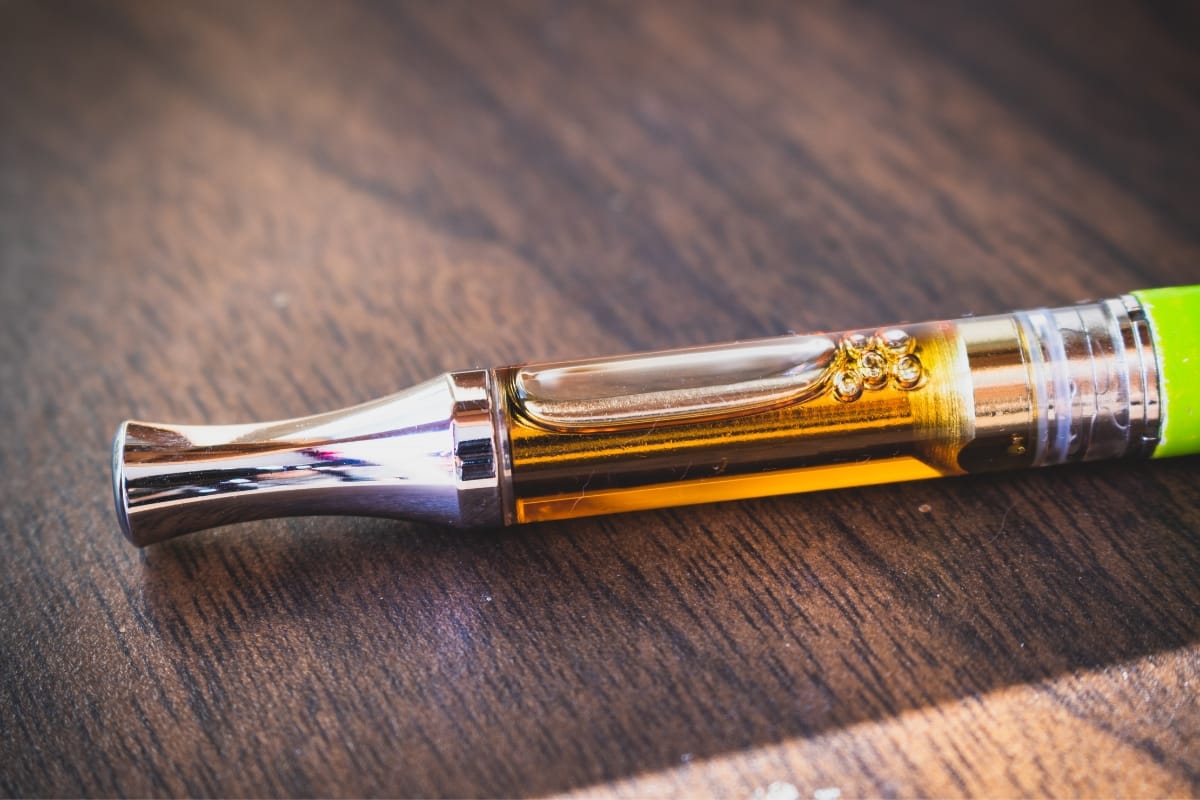America’s tobacco-producing states boast a rich legacy that intertwines deeply with the nation’s history, culture, and economy.
From the fertile lands of North Carolina to the historic plantations of Virginia, these states have cultivated not just tobacco crops, but also traditions and industries that have shaped local and national identities. In this exploration, we will delve into the historical significance, economic impact, and cultural heritage of America’s premier tobacco producing states.
Discover how these states have contributed to the global tobacco industry, the evolution of farming practices, and the communities that thrive on this storied crop. Join us as we uncover the fascinating legacy of America’s tobacco heartlands and the enduring influence they hold today.
From Soil to Smoke: Exploring the Legacy of Tobacco Producing States
Early History: Roots of Tobacco Cultivation in America
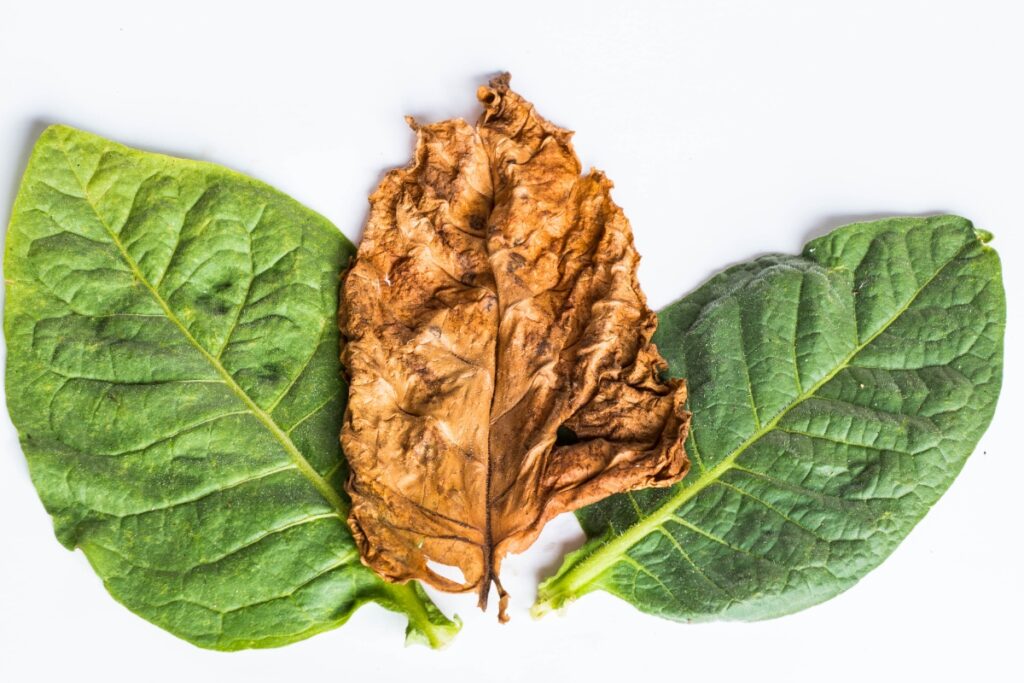
The history of tobacco cultivation in America dates back to the early days of European colonization. It was the Native Americans who first introduced tobacco to the settlers, teaching them how to grow and use this sacred plant. The colonists quickly recognized the economic potential of tobacco and began cultivating it on a larger scale.
Virginia played a significant role in the early history of tobacco. In fact, it was in Jamestown, Virginia, where the first successful English settlement was established in 1607. The settlers quickly realized that tobacco could be grown successfully in Virginia’s fertile soil, and its cultivation became an integral part of the colony’s economy.
As more colonies were established along the eastern seaboard, tobacco cultivation spread. Maryland, North Carolina, and South Carolina also became important players in the tobacco industry. The demand for tobacco grew rapidly in Europe, leading to increased production and trade.
Tobacco became a cash crop for many farmers, providing them with a reliable source of income. However, this reliance on tobacco had its downsides as well. The intensive cultivation of this crop depleted the soil and led to environmental degradation.
Economic Impact: The Rise of the Tobacco Industry in North Carolina

North Carolina has long been known as one of America’s leading tobacco-producing states. Its warm climate and fertile soil create ideal conditions for growing high-quality tobacco leaves.
In the late 19th century, North Carolina experienced a boom in tobacco thanks to technological advancements such as cigarette-making machines. This led to an increase in demand for flue-cured bright leaf tobacco, which became highly sought after by cigarette manufacturers.
The economic impact of the tobacco industry on North Carolina cannot be overstated. It provided jobs for thousands of people, from farmers and laborers to factory workers and distributors. Tobacco auctions became a common sight in towns across the state, attracting buyers from all over the country. These auctions stimulated local economies, leading to the growth of infrastructure and commerce in rural areas.
Additionally, the rise of prominent tobacco companies, such as R.J. Reynolds and the American Tobacco Company, established North Carolina as a central hub for the tobacco trade. These companies not only contributed to the state’s economy through job creation and tax revenues but also funded public works and philanthropic efforts, enhancing community development.
The legacy of the tobacco industry continues to influence North Carolina’s economic landscape. The state’s history of tobacco production has paved the way for innovation and adaptation within the agricultural sector, fostering resilience and economic diversification.
Kentucky: The Bluegrass State’s Love Affair with Tobacco
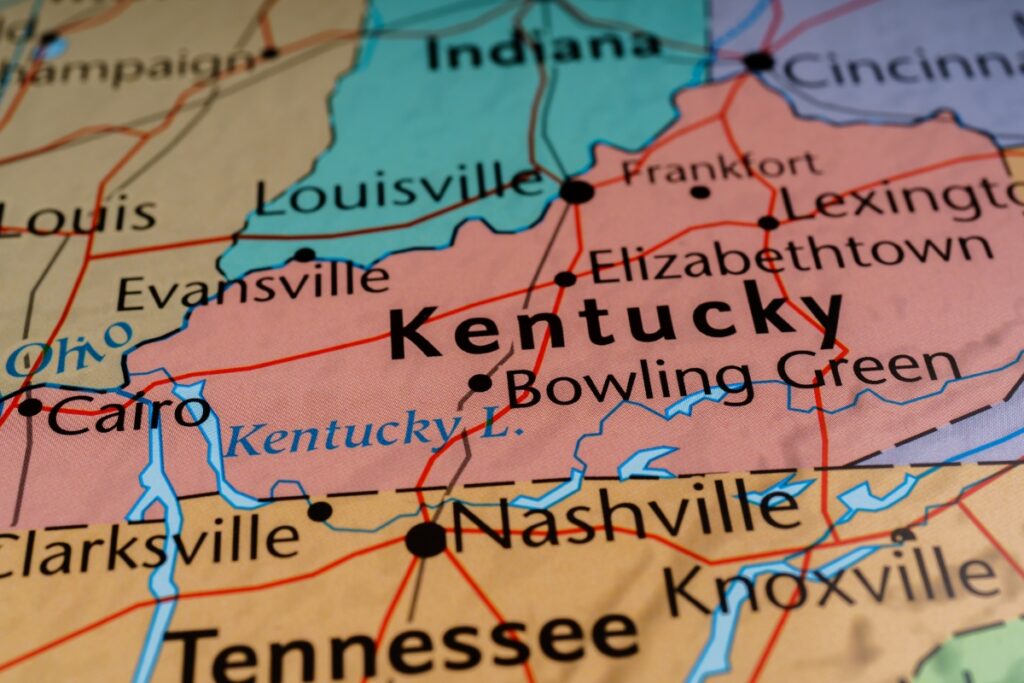
When it comes to tobacco, Kentucky holds a special place in American history. Known as the “Bluegrass State,” Kentucky’s fertile soil and unique climate make it an ideal location for growing burley tobacco.
Burley tobacco is used primarily for cigarette production and is known for its mild flavor and high nicotine content. Kentucky became a leading producer of burley tobacco in the late 19th century, surpassing even Virginia in terms of production volume.
The tobacco industry played a crucial role in Kentucky’s economy, providing jobs and income for many families. Tobacco farming became deeply ingrained in the state’s culture, with generations passing down their knowledge and expertise from one to another.
Communities thrived around tobacco auctions, which were pivotal events that attracted buyers from across the country, bolstering local economies and creating a sense of camaraderie among farmers.
However, like other tobacco-producing states, Kentucky has had to adapt to changing times. The decline in smoking rates and increased regulations on tobacco products have posed challenges for the industry.
Many farmers have diversified their crops or turned to alternative agricultural practices to sustain their livelihoods. Efforts to transition to hemp cultivation and organic farming have gained momentum, supported by state initiatives aimed at providing new opportunities for traditional tobacco farmers.
The cultural legacy of tobacco farming in Kentucky remains influential. The state’s historical ties to tobacco have inspired various cultural events and museums dedicated to preserving and celebrating this heritage. While the industry has evolved, Kentucky’s love affair with tobacco continues to shape its agricultural identity and community life.
Virginia: From Jamestown to Present – A Tobacco Legacy
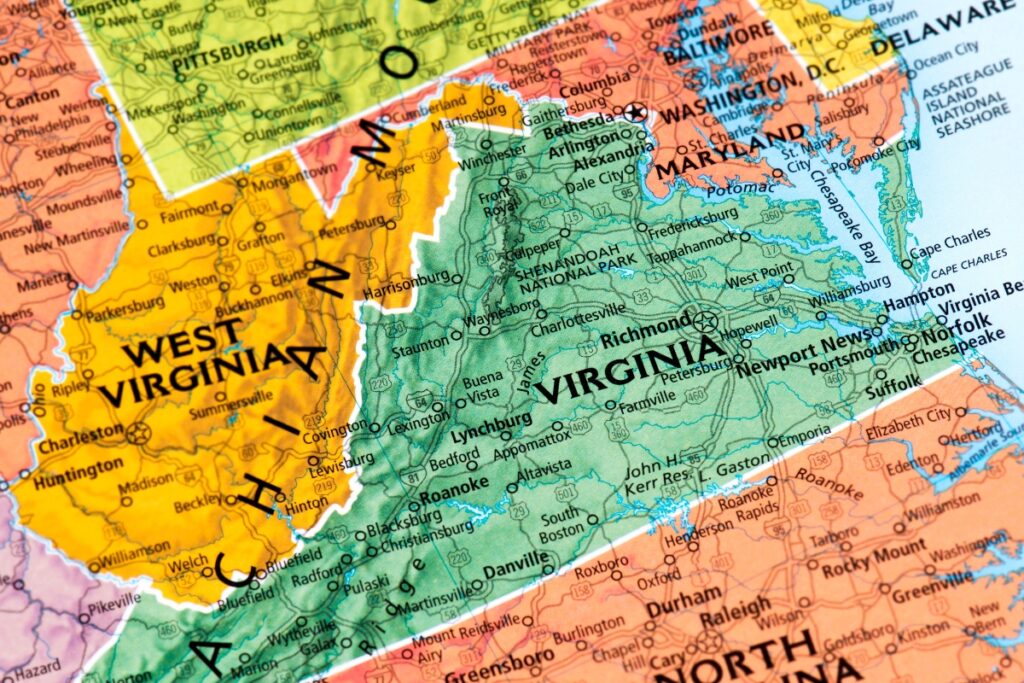
Virginia’s relationship with tobacco goes back centuries. As mentioned earlier, it was in Jamestown that English settlers first cultivated tobacco on American soil.
Virginia quickly became synonymous with high-quality tobacco. The cultivation of tobacco in Virginia played a significant role in the state’s economy and shaped its history.
Tobacco plantations were established, and enslaved Africans were brought in to work on these plantations, leading to the rise of a plantation-based society. This dark chapter in Virginia’s history is intertwined with the economic prosperity brought about by tobacco farming.
Virginia tobacco was highly prized in Europe for its flavor and quality. It became a major export commodity, fueling the economic growth of the colony and later the state.
The tobacco trade brought wealth to many Virginians, who built grand mansions and amassed fortunes. Historic districts like Colonial Williamsburg still echo the grandeur of this era, with preserved plantations and mansions that tell the story of tobacco’s golden age.
Today, Virginia continues to be an important player in the tobacco industry. While the demand for cigarettes has declined, there is still a market for high-quality Virginia tobacco used in premium cigars and pipe tobacco.
Modern Virginia farmers have diversified their agricultural practices, incorporating sustainable methods and exploring new crops, yet they maintain the tradition of cultivating some of the finest tobacco in the world.
This enduring legacy is reflected in the continued production of specialty tobacco products and the preservation of Virginia’s rich agricultural heritage. As the industry evolves, Virginia’s historical connection to tobacco remains a cornerstone of its cultural and economic identity.
Innovation and Technology: Revolutionizing the Tobacco Growing Industry
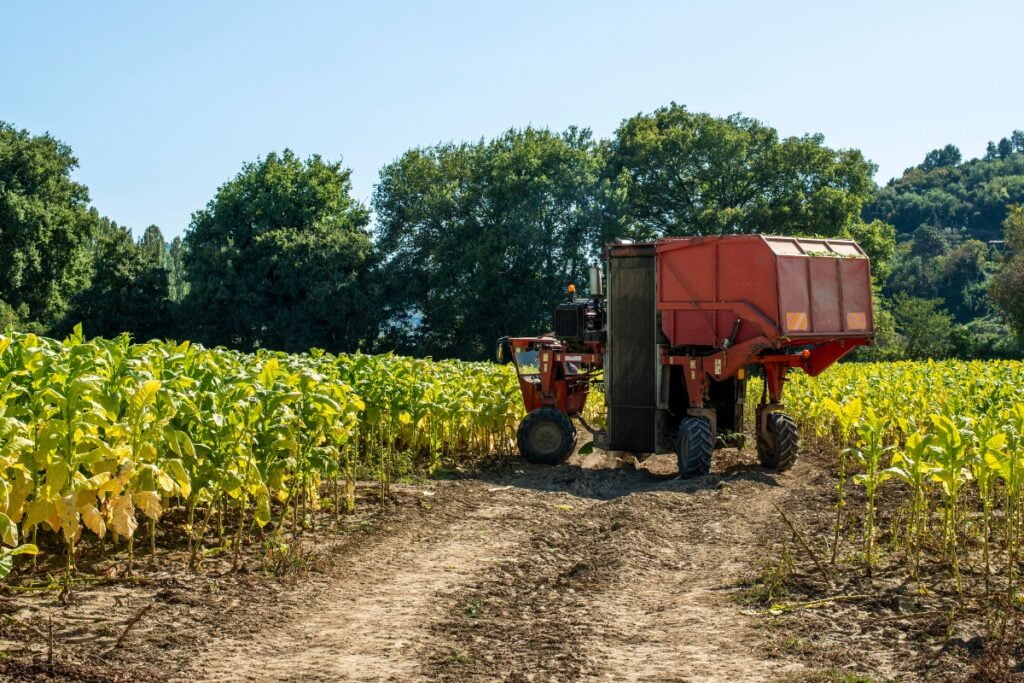
Advancements in agricultural practices have also played a significant role in improving tobacco cultivation. From improved curing techniques to disease-resistant varieties, tobacco farms have embraced new technologies to increase tobacco harvested yields and improve crop quality.
The development of flue-curing methods, for instance, enhanced the flavor and texture of tobacco, making it more desirable on the global market. Precision agriculture tools, such as GPS-guided equipment and soil health monitoring systems, have further optimized cultivation practices, reducing waste and maximizing productivity.
In recent years, there has been a growing interest in organic and sustainable farming practices within the tobacco growing industry. Farmers are exploring alternative methods that reduce environmental impact while still producing high-quality tobacco leaves.
Techniques such as crop rotation, organic fertilizers, and integrated pest management are gaining traction, reflecting a broader shift toward sustainability. These practices not only promote ecological balance but also cater to a niche market of consumers seeking eco-friendly tobacco products.
Key Figures: Pioneers and Influencers in America’s Tobacco Industry
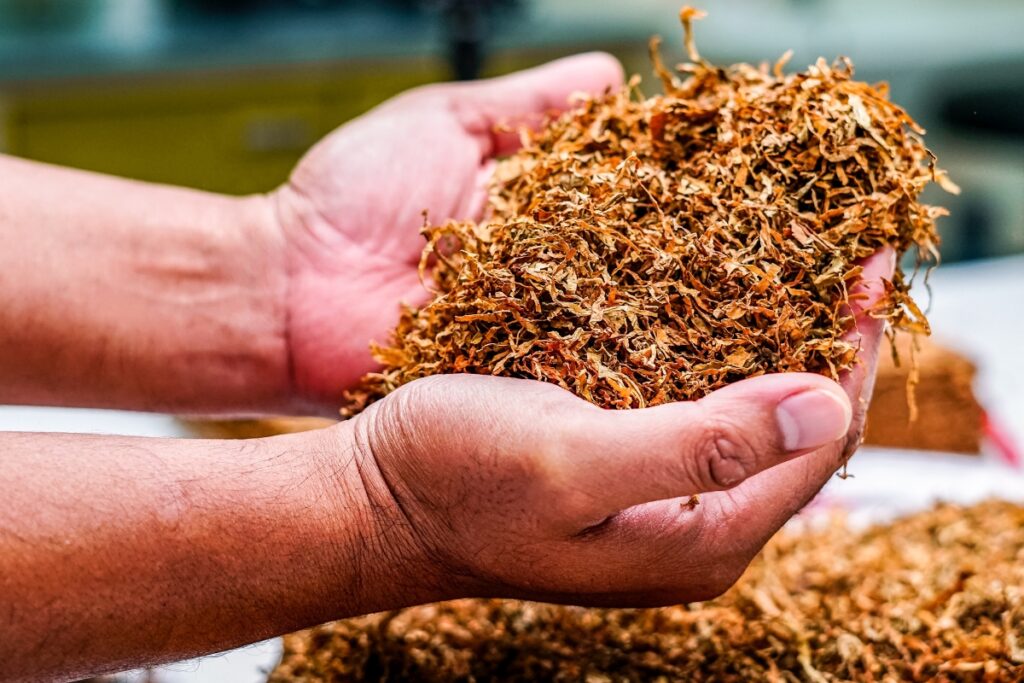
The story of America’s tobacco-producing states would not be complete without acknowledging the key figures who shaped this industry. These pioneers and innovators played crucial roles in establishing and expanding the tobacco industry, leaving lasting legacies.
- J.B. Duke: J.B. Duke played a pivotal role in the rise of the tobacco industry. Duke consolidated several tobacco companies to form the American Tobacco Company, which became a dominant force in the industry. His business acumen and aggressive marketing strategies helped establish American tobacco brands as household names. Duke’s influence extended beyond tobacco, as his philanthropic efforts led to the founding of Duke University.
- R.J. Reynolds: Another influential figure is R.J. Reynolds, who founded the R.J. Reynolds Tobacco Company in North Carolina. Reynolds introduced innovative manufacturing techniques and marketing campaigns that propelled his company to success. He was instrumental in the development of popular brands such as Camel cigarettes, which revolutionized the market with their unique blend and packaging.
- Buck Duke: Buck Duke, or James Buchanan Duke, son of J.B. Duke, furthered his father’s legacy by expanding the family’s business ventures and continuing to innovate within the industry.
- Mary Walton: While not as widely known, Mary Walton significantly impacted the industry with her invention of a method to reduce pollution from tobacco factories. Her innovative approach addressed environmental concerns and improved the industry’s sustainability.
These pioneers and many others have left an indelible mark on America’s tobacco industry and tobacco company records, shaping its trajectory and influencing its evolution over time. Their contributions have defined the industry’s landscape, balancing innovation with tradition and paving the way for future advancements. Their legacies continue to be felt in the ongoing evolution and adaptation of the tobacco industry in response to changing societal and economic conditions.
Cultural Significance: Tobacco in Arts, Literature, and Folklore
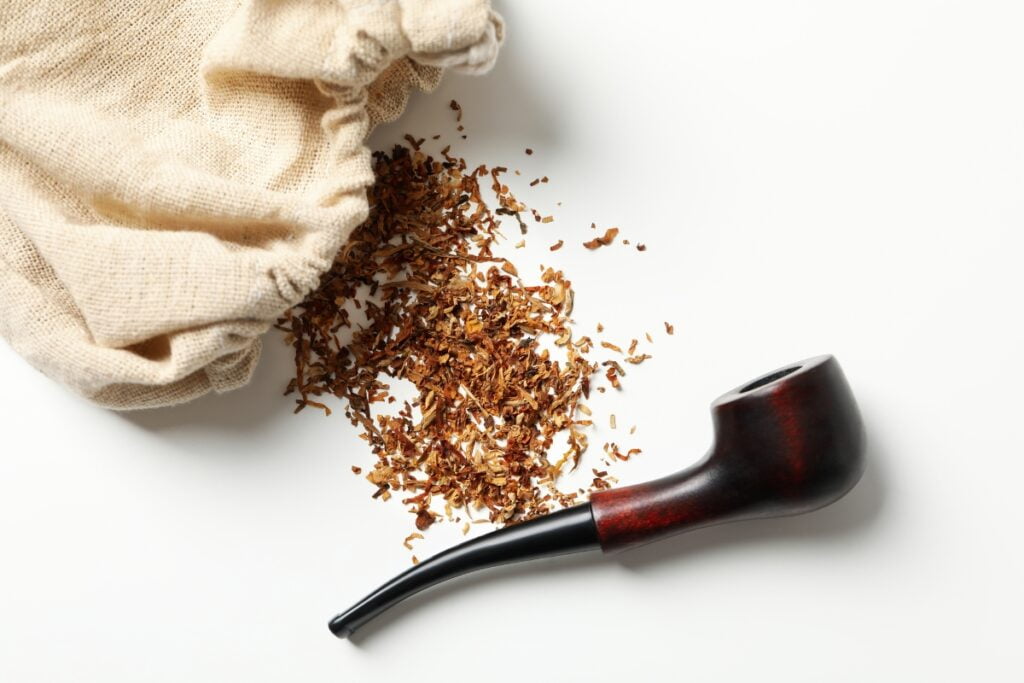
Tobacco has not only shaped the economy but also permeated various aspects of American culture. It has found its way into arts, literature, and folklore, becoming a symbol of tradition, rebellion, and even addiction.
Literature
In literature, tobacco has often been used as a metaphor or symbol for various themes. From Mark Twain’s iconic character Tom Sawyer smoking his corncob pipe to F. Scott Fitzgerald’s portrayal of the decadence of the Jazz Age in “The Great Gatsby,” tobacco has played a role in capturing the essence of different eras.
Twain’s depiction of leisurely smoking reflects a simpler, more rebellious youth, while Fitzgerald’s use of tobacco highlights the excesses and moral decay of the 1920s.
Music and Visual Arts
Tobacco has also found its way into music and visual arts. Blues musicians have sung about their love for cigarettes and cigars, with lyrics often reflecting the hardships and solace found in smoking.
Visual artists have depicted smokers in their paintings, using tobacco as a reflection of society’s attitudes towards this habit. For instance, the works of Edward Hopper frequently feature solitary figures with cigarettes, emphasizing themes of isolation and contemplation.
Folklore
Folklore surrounding tobacco is abundant as well. Stories of legendary figures like Johnny Appleseed planting apple trees alongside tobacco plants have become part of American folklore.
These tales blend agricultural history with cultural myths, symbolizing the pioneering spirit and the integration of tobacco into American life.
Additionally, Native American folklore often includes tobacco as a sacred plant used in rituals and ceremonies, highlighting its spiritual significance long before European settlers arrived.
Modern Culture
In modern culture, tobacco continues to influence various forms of media. Movies and television shows frequently feature characters who smoke, sometimes glamorizing the habit, while other times using it to depict addiction and its consequences.
Advertisements from the mid-20th century, now iconic pieces of Americana, often showcased tobacco products, further embedding them into the cultural fabric.
The cultural significance of tobacco in arts, literature, and folklore underscores its deep-rooted presence in American life. It serves as a lens through which societal values, conflicts, and transitions can be understood, reflecting both the allure and the perils associated with this controversial crop.
Conclusion: Reflecting on the Enduring Influence of America’s Tobacco-Producing States
The legacy of America’s tobacco-producing states is one that spans centuries. From humble beginnings to economic powerhouses, these states have played a vital role in shaping the nation’s history, culture, and economy. So next time you light up a cigarette or enjoy a premium cigar, take a moment to appreciate the rich legacy behind it – a legacy that stretches across fields and generations in America’s tobacco-producing states.
Exploring the rich legacy of America’s tobacco-producing states offers a deep appreciation for the craftsmanship and heritage behind every cigar. For the finest selection of premium cigars that honor this tradition, choose Stony Cigars. Contact us at 770-702-5123 or visit our shop to discover our wide range of premium cigars.



